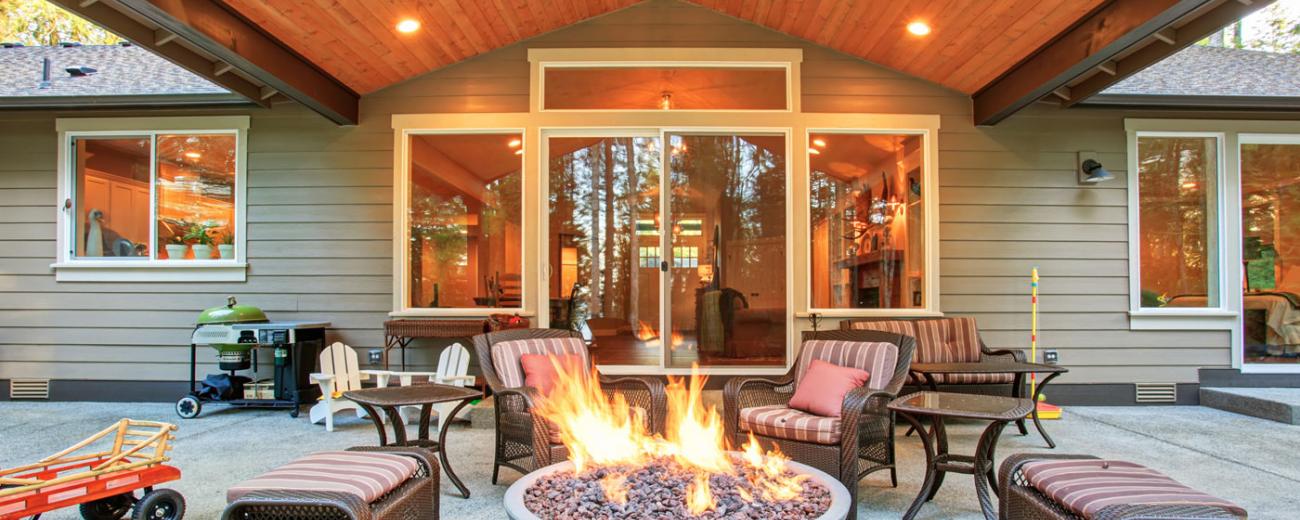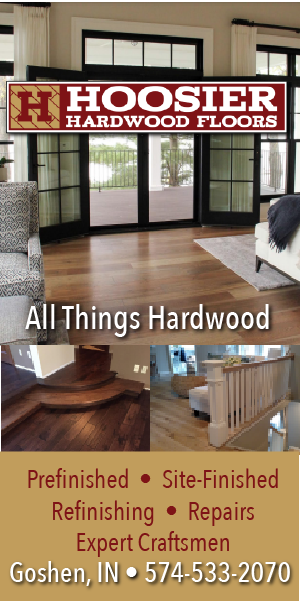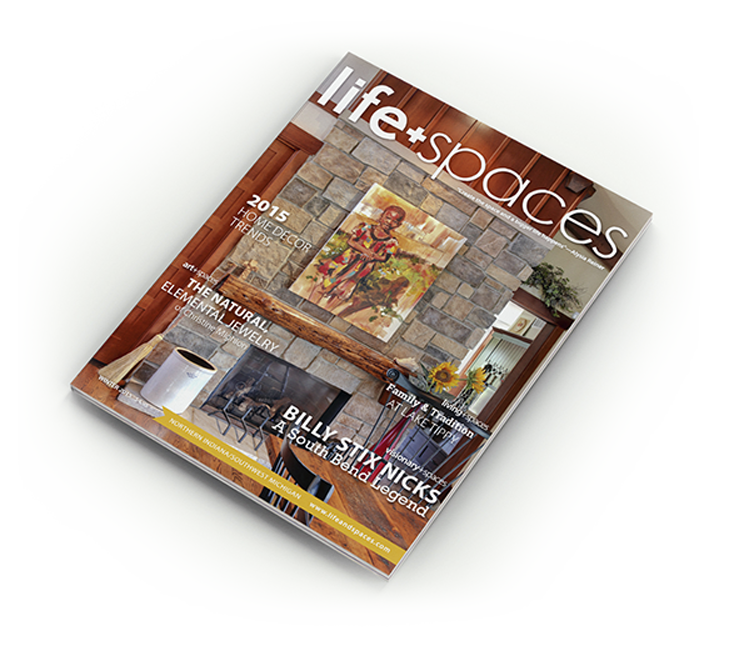
DIY+Projects
DIY Fire Pits: Romancing The Stone
The popularity of outdoor fire pits is undeniable. But how do you build one that is both aesthetically pleasing and safe?
The backyard fire pit is the antithesis of modern life. The cell phones are somewhere back in the house, the flames are almost hypnotic (do you feel yourself breathing?) and the laughter among friends reminds you why Midwest summers are so intoxicating.
The popularity of outdoor fire pits is undeniable. But how do you build one that is both aesthetically pleasing and safe?
Mark Walker, director of business development for Kuert Supply Center and Outdoor Living, provides some tips for the D.I.Y. homeowner who wants to add some backyard bliss.
“The design and simplicity of an above-ground fire pit is limited to the builder’s imagination
and their budget,” Walker says. “A plain and ordinary placement of stone boulders in a
circle can do a fine job of containing a fire, while
on the other hand, an elaborate detailed engineered kit, featuring architectural stone,
with gas-fired ignition to catch your wood logs ablaze is also a handy addition.”
“I would recommend doing your homework and examining all the different fire pits available,” he adds. “Don’t overlook the old cliché: ‘you get what you pay for’…that also holds true for fire pits.”
Looking Good and Lasting A Long Time
• “In the world of concrete, not all of it is created equal,” according to Walker. Portland cement is the most expensive ingredient in the building blocks of a fire pit. The lack of this cementitious binder creates a product similar to concrete found in third-world countries. “It looks good when it’s new, however, its longevity is greatly short-lived.” Don’t be fooled; this is how some stores sell their fire pits at low prices.
• There’s a lot of variety. Walker says Kuert offers at least 15 different models with many different features such as wood log burning, or natural / propane gas logs. Additionally, Kuert carries almost all of these within its inventory.
• Detailed instructions come with each kit and usually can be built in about two hours. Many kits even include adhesive and a pair
of gloves.
• Portable fire pits are available for camping or use on decks or piers. Walker stresses that these must be sturdy and reliable and made of non-combustible materials. “If your old portable fire pit has wobbly legs, blows over in the wind or has a bottom so thin you can almost see through it, its time to start looking for another one,” he says.
• Kuert recommends an appointment at your home to discuss your D.I.Y. project. Measuring the area and sketching out a few drawings, is all it takes to come up with an itemized list of materials. Kuert specialists then will come up with an estimate. If desired, the homeowner can take it from there or attend one of the company’s periodic contractor – D.I.Y. classes. Kits are available ranging from $200-$700 for materials.
Aside from the safety and aesthetic aspects, Walker emphasizes the need to invite your neighbors. “There’s nothing more relaxing than winding down the week sitting around the fire and enjoying each other’s stories.”






